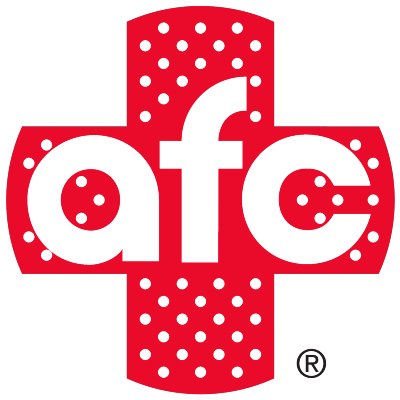New Year’s Holiday Hours
Many centers will have special hours on New Year’s Eve and New Year’s Day.
Please check with your local center for specific hours
Find The Location Nearest Covid-19 Testing
We think you’re located in zip code . Not Right?
Poison Ivy & Other Plants to Avoid This Summer
Spending time outdoors or tackling yard work can be a great way to relax or stay active. But not every plant in your landscape is as friendly as it looks. If you think you've brushed up against something toxic—like poison ivy, poison oak, or poison sumac—visit one of the AFC Urgent Care Centers in the Philadelphia Metro Area to speak with a medical professional.
When it comes to harmful plants around the Philly region, poison ivy, poison oak, and poison sumac top the list; these three contain urushiol, an oil that causes itchy, irritating rashes. While the rash isn't contagious in the usual sense, the oil itself can linger on skin, clothing, and other surfaces, easily spreading to others or different parts of your own body if you're not careful.
You'll often spot poison ivy growing close to the ground as either a vine or a small shrub. Though commonly associated with rural areas, it's surprisingly common in urban environments as well. It thrives nearly everywhere except Hawaii, Alaska, and desert regions. Its leaves typically grow in groups of three, hence the well-known warning: "Leaves of three, let them be." It might also display pale berries or tiny blossoms.
Poison oak shares a strong resemblance to genuine oak leaves, but unlike a tree, it only leaves you with a rash. It's similar to poison ivy, though its leaves are more rounded and smooth.
Poison sumac is the hardest of the trio to identify. It often takes the form of a shrub or small tree, with branches lined by 13 paired leaflets. Thankfully, this plant prefers very wet environments, such as riverbanks, and is more common in the southeastern United States. If encountered, its rash can be more intense than those caused by poison ivy or oak.
Statistics show that about 85% of people will react to urushiol with a rash. Even if you're among the lucky 15% who aren't sensitive, the risk isn't worth it. In more severe cases, symptoms such as swelling, blisters, or fever may occur, and anaphylactic reactions require immediate medical attention.
Who faces the most significant risk of exposure?
Individuals who work outdoors—such as hikers, landscapers, construction crews, and farmers—are most likely to come across these plants. The risk increases significantly if your job involves moving brush or clearing vegetation. If you do break out, the rash typically lasts between one and three weeks. For stronger allergic reactions, a doctor may prescribe topical steroids. Once the oil has been thoroughly washed off the skin and clothing, the rash can't continue to spread.
How do I prevent contact with poison ivy, poison maple, and poison sumac?
Specialists recommend wearing protective gear and avoiding unfamiliar greenery. These simple precautions go a long way in keeping you safe. Rather than handling suspect plants by hand, use herbicides when removing them near your home or workplace. Never burn these plants—doing so can release urushiol into the air, which, if inhaled, can cause dangerous reactions inside the lungs.
Worried that your rash might be from a poisonous plant? Stop by one of the AFC Urgent Care Centers in the Philadelphia Metro Area for a diagnosis and expert guidance on keeping you and your family protected during the summer season.
FIND A LOCATION How Can We Help?
How Can We Help?
- PATIENT SERVICES
- COVID-19 SERVICES
- TELECARE
- EMPLOYER RESOURCES
- PATIENT RESOURCES
- ABOUT US